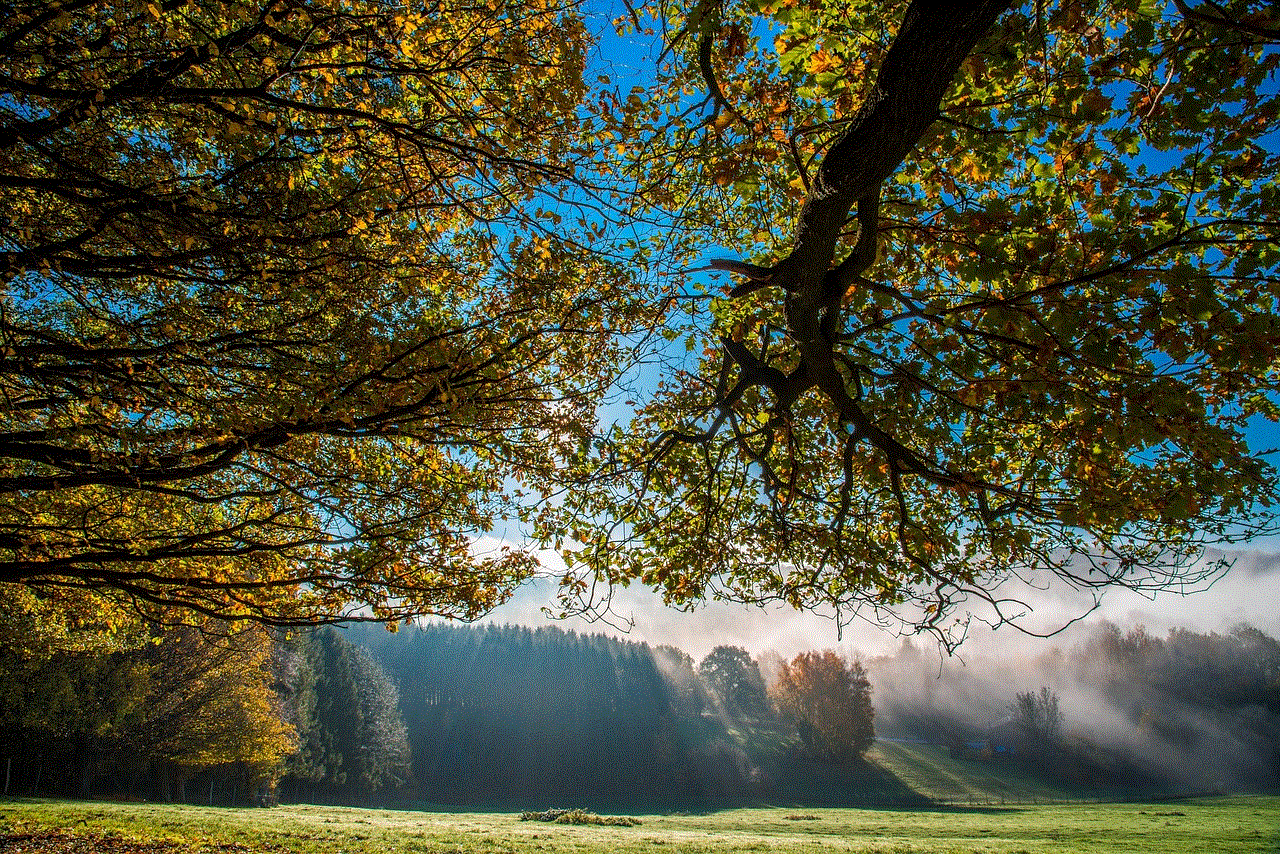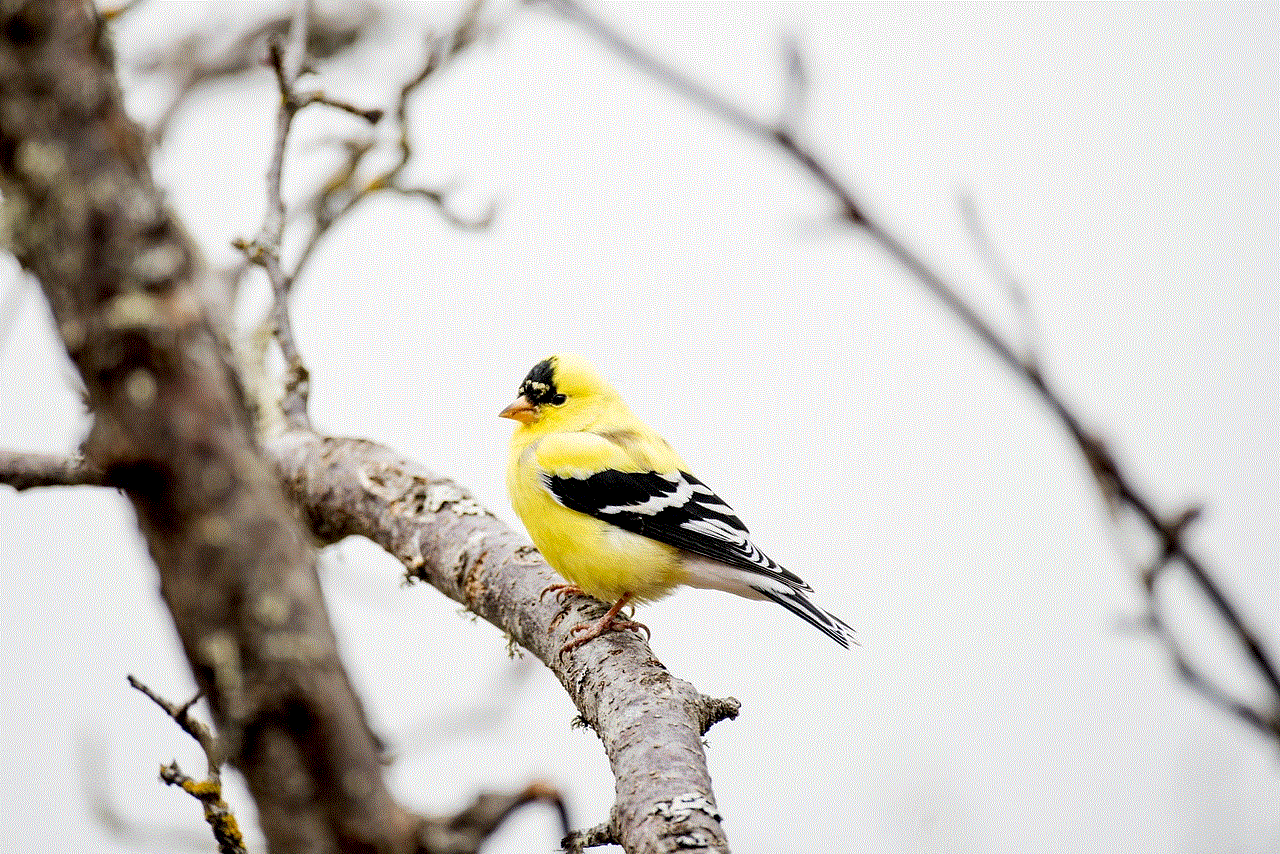scary movies kids can watch
Scary movies have always been a popular form of entertainment for adults, but what about kids? Many parents are hesitant to let their children watch scary movies, fearing it will give them nightmares or expose them to inappropriate content. However, there are actually quite a few scary movies that are suitable for kids to watch. In this article, we will explore some of the best scary movies that kids can watch without fear.
1. “Coraline” (2009)
Based on the book by Neil Gaiman, “Coraline” tells the story of a young girl who discovers a secret door in her new house that leads to an alternate world where everything is perfect. However, she soon realizes that this world is not what it seems, and she must fight to save herself and her family. This stop-motion animated film is visually stunning and has just the right amount of spookiness for kids to enjoy.
2. “Monster House” (2006)
“Monster House” is a fun and thrilling movie that follows a group of kids who discover that their neighbor’s house is actually alive and eating people. This movie has a perfect blend of horror and humor, making it a great choice for kids. It also has a heartwarming message about friendship and facing your fears.
3. “The Witches” (1990)
Based on the book by Roald Dahl, “The Witches” is a classic scary movie for kids. It tells the story of a young boy who discovers that witches are real and they want to turn all children into mice. With a mix of practical effects and puppetry, this movie may be a bit dated, but it still holds up as a scary and entertaining film for kids.
4. “The Nightmare Before Christmas” (1993)
Another stop-motion animated film, “The Nightmare Before Christmas” is a holiday classic that can be enjoyed by kids all year round. The movie follows the Pumpkin King, Jack Skellington, as he tries to take over Christmas. With catchy songs and a unique visual style, this movie is perfect for kids who want a little bit of spookiness mixed in with their holiday cheer.
5. “Hocus Pocus” (1993)
No list of kid-friendly scary movies would be complete without “Hocus Pocus.” This cult classic follows three witches who are resurrected on Halloween night and must be stopped by a group of kids. With a perfect blend of humor and scares, this movie has become a Halloween staple for families.
6. “Gremlins” (1984)
“Gremlins” may be a bit too scary for younger kids, but for older kids, it is a thrilling and fun movie to watch. The movie follows a young boy who receives a strange creature called a Mogwai as a gift. However, when he breaks the rules of caring for this creature, it multiplies and turns into a group of mischievous and dangerous Gremlins.
7. “Goosebumps” (2015)
Based on the popular book series, “Goosebumps” is a live-action movie that brings some of the most iconic monsters to life. When a teenager accidentally unleashes the creatures from R.L. Stine’s books, he, along with Stine and his daughter, must defeat them and save their town. This movie has plenty of scares, but also has a lighthearted and humorous tone that kids will enjoy.
8. “The Addams Family” (1991)
While not a traditional scary movie, “The Addams Family” is a dark and quirky comedy that is perfect for older kids. The movie follows the eccentric Addams family as they welcome their long-lost Uncle Fester back into the fold. With a fantastic cast and a mix of creepy and funny moments, this movie is a must-watch for any kid who loves a bit of the macabre.
9. “The Haunted Mansion” (2003)
Based on the popular Disneyland ride, “The Haunted Mansion” is a spooky and fun movie for kids. The movie follows a real estate agent and his family as they visit a creepy mansion that is haunted by ghosts. With a mix of comedy and horror, this movie is perfect for kids who want a scary movie with a happy ending.
10. “The Corpse Bride” (2005)
From the same director as “The Nightmare Before Christmas,” “The Corpse Bride” is another stop-motion animated movie that is suitable for kids. It tells the story of a young man who accidentally marries a dead bride and must figure out a way to break the curse and return to the land of the living. With stunning visuals and a heartwarming story, this movie is a great choice for kids who want a spooky but not too scary movie.
In conclusion, there are plenty of scary movies that kids can watch without giving them nightmares. From animated films to live-action movies, there is something for every child who loves a good scare. These movies not only provide entertainment but also teach valuable lessons about friendship, facing fears, and the importance of family. So, the next time your child asks to watch a scary movie, don’t be afraid to give one of these kid-friendly options a try. You might just find yourself enjoying it too.
fwb meaning.
When it comes to modern dating, there are many terms and phrases that have emerged in recent years to describe different types of relationships. One such term is “fwb,” which stands for “friends with benefits.” This term has become increasingly popular, especially among young adults, and it refers to a type of relationship where two people are friends, but also engage in sexual activity without any commitment or expectations of a romantic relationship. In this article, we will explore the meaning of “fwb” in more detail, its origins, and the pros and cons of this type of relationship.
The term “friends with benefits” first emerged in the 1990s, and it gained more recognition in the early 2000s with the release of the movie of the same name starring Justin Timberlake and Mila Kunis. The concept of “fwb” is not a new one, as people have been engaging in casual sexual relationships for centuries. However, the term itself has become more widely used and accepted in modern times. Today, it is commonly used among young adults, especially those in their 20s and 30s, who are looking for a more casual and non-committal approach to dating and relationships.



So, what exactly does “fwb” mean? As mentioned earlier, it stands for “friends with benefits,” which essentially means two people who are friends and also engage in sexual activity without any expectation of a romantic relationship. This type of relationship may involve two friends who have known each other for a while and decide to take their friendship to a more physical level, or it could be two people who meet and agree to be friends with benefits without any prior friendship. In either case, the key aspect of “fwb” is that it is a non-exclusive, casual, and purely physical relationship.
One of the main reasons why “fwb” has become so popular is because it offers a way for people to enjoy the benefits of a physical relationship without the commitment and expectations of a romantic one. In today’s fast-paced and busy world, many young adults are focused on their careers and personal goals, and they may not have the time or desire to invest in a serious relationship. “Fwb” allows them to have a physical outlet and satisfy their sexual needs without the emotional baggage and responsibilities that often come with a romantic relationship.
Another reason why “fwb” has become popular is that it offers a sense of freedom and flexibility. In this type of relationship, there are no rules or expectations, and both parties are free to see other people and engage in other activities without any jealousy or possessiveness. This can be especially appealing to those who have been in previous relationships that were restrictive or controlling. In “fwb,” the focus is on having fun and enjoying each other’s company without any pressure or restrictions.
However, as with any type of relationship, there are also some downsides to “fwb.” One of the main drawbacks is that it often lacks emotional intimacy. Unlike romantic relationships, where there is a deep emotional connection, “fwb” is primarily focused on physical satisfaction. This can lead to a lack of emotional fulfillment, and one or both parties may feel unsatisfied or unfulfilled in the long run. This can also make it difficult for “fwb” partners to communicate and address any issues or problems that may arise.
Another potential downside of “fwb” is the risk of one person developing feelings for the other. Even though the agreement is to keep things casual and non-committal, it is not uncommon for one person to develop romantic feelings for their “fwb” partner. This can lead to hurt feelings and complications, especially if the other person does not reciprocate those feelings. It is important for both parties to be honest and upfront about their intentions and feelings to avoid any misunderstandings or hurt.
Furthermore, “fwb” can also lead to a loss of a friendship. While the intention may be to maintain a friendship while also enjoying a physical relationship, things can become complicated if one person starts to see the other as more than just a friend with benefits. If the “fwb” relationship ends, it can be challenging to go back to being just friends, and the friendship may be lost altogether.
In conclusion, “fwb” or “friends with benefits” is a term that has gained popularity in recent years, especially among young adults. It refers to a type of relationship where two people are friends but also engage in sexual activity without any commitment or expectations of a romantic relationship. While it offers a way for people to enjoy the benefits of a physical relationship without the commitment and expectations of a romantic one, it also has its drawbacks, such as a lack of emotional intimacy and the risk of one person developing feelings for the other. Ultimately, it is up to the individuals involved to decide if “fwb” is the right type of relationship for them and to communicate openly and honestly to avoid any misunderstandings or hurt feelings.
what does omg stand for
OMG, or “Oh my God,” is a commonly used acronym in modern language. It is used in a variety of contexts, from expressing shock or surprise to conveying excitement or disbelief. Despite its widespread use, many people are unaware of the origins and evolution of this popular acronym. In this article, we will explore the history and meaning of OMG, as well as how it has become a staple in our everyday language.
The Origins of OMG
The phrase “Oh my God” has been used for centuries as an exclamation of surprise or astonishment. It is a common expression in many languages and has been documented in various forms throughout history. However, the abbreviation “OMG” first appeared in writing in 1917, in a letter from British Admiral John Arbuthnot Fisher to Winston Churchill. The letter was discovered in 2009 by a researcher at the University of Oxford and is believed to be the first recorded use of the acronym.
At the time, the abbreviation was not used as an expression, but rather as a shorthand for “Oh my God.” It was used in a letter from Fisher to Churchill, where he wrote, “I hear that a new order of Knighthood is on the tapis – O.M.G. (Oh! My God!) – Shower it on the Admiralty!” This use of OMG was likely a play on words, as “OMG” also stood for “Order of St. Michael and St. George,” a prestigious award given by the British government.
The Evolution of OMG
After its first recorded use in 1917, the abbreviation “OMG” was not commonly used for several decades. It wasn’t until the rise of the internet and text messaging in the 1990s that the acronym became more widespread. With the emergence of online chat rooms, instant messaging, and text messaging, people needed to communicate quickly and concisely. As a result, acronyms and abbreviations became popular, and “OMG” was one of them.



In the early 2000s, “OMG” started to gain even more popularity, thanks to the rise of social media platforms like MySpace and facebook -parental-controls-guide”>Facebook . These platforms allowed people to share their thoughts and feelings with a wider audience, and the use of acronyms like “OMG” made it easier to express emotions and reactions quickly. As the use of social media continued to grow, so did the use of “OMG.”
Today, “OMG” has become a staple in our everyday language. It is used not only in written communication but also in verbal conversations. It has become so ingrained in our vocabulary that it has even been added to the Oxford English Dictionary, officially recognizing it as a word in the English language.
The Meaning of OMG
While most people know that “OMG” stands for “Oh my God,” the meaning of the acronym has evolved over time. In its early days, “OMG” was primarily used as an expression of surprise or shock. However, with the rise of social media and online communication, the meaning of “OMG” has broadened to include a wide range of emotions and reactions.
Today, “OMG” is used to express not only surprise but also excitement, disbelief, and even sarcasm. It has become a versatile expression that can be used in a variety of situations, from sharing good news to expressing frustration. Its versatility is one of the reasons why “OMG” has become so popular and widely used in our modern language.
The Use of OMG in Pop Culture
As “OMG” has become more popular, it has also made its way into pop culture. It has been used in countless movies, TV shows, and songs, further cementing its place in our everyday language. For example, in the 2004 movie “Mean Girls,” the character Karen famously says, “Oh my God, Karen, you can’t just ask people why they’re white.” This line has become one of the most iconic movie quotes of the 2000s, and the use of “OMG” in it adds to its comedic effect.
In music, “OMG” has been used in several popular songs, including Usher’s 2010 hit single “OMG” featuring will.i.am. The song topped the charts in several countries and introduced the acronym to a whole new generation of listeners.
The Impact of OMG on Language
The widespread use of “OMG” has not only added a new word to our vocabulary but has also had an impact on language in general. The use of acronyms and abbreviations has become more prevalent, and many argue that it has led to a decline in traditional writing and grammar skills.
Critics argue that the use of “OMG” and other acronyms has made us lazy and less articulate in our communication. Instead of taking the time to write out full words and sentences, we often resort to using shorthand and abbreviations, which can hinder our ability to express ourselves effectively. Some even argue that the use of acronyms like “OMG” has led to a decline in face-to-face communication, as people have become more reliant on technology to communicate.
On the other hand, supporters of “OMG” and other acronyms argue that they have made communication more efficient and have enabled us to express ourselves in new and creative ways. They argue that the use of acronyms has become a part of our evolving language and should be embraced rather than criticized.
Conclusion



In conclusion, “OMG” is a widely used acronym that has become a staple in our modern language. While its origins can be traced back to 1917, it wasn’t until the rise of the internet and social media that it became popular. Today, “OMG” is used in a variety of contexts and has become an integral part of how we communicate with one another.
Whether you love it or hate it, there’s no denying the impact that “OMG” has had on our language and culture. It has become more than just an abbreviation; it has become a symbol of our evolving language and the influence of technology on our communication. And as we continue to find new ways to express ourselves, who knows what other acronyms and abbreviations will become a part of our everyday language.